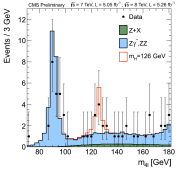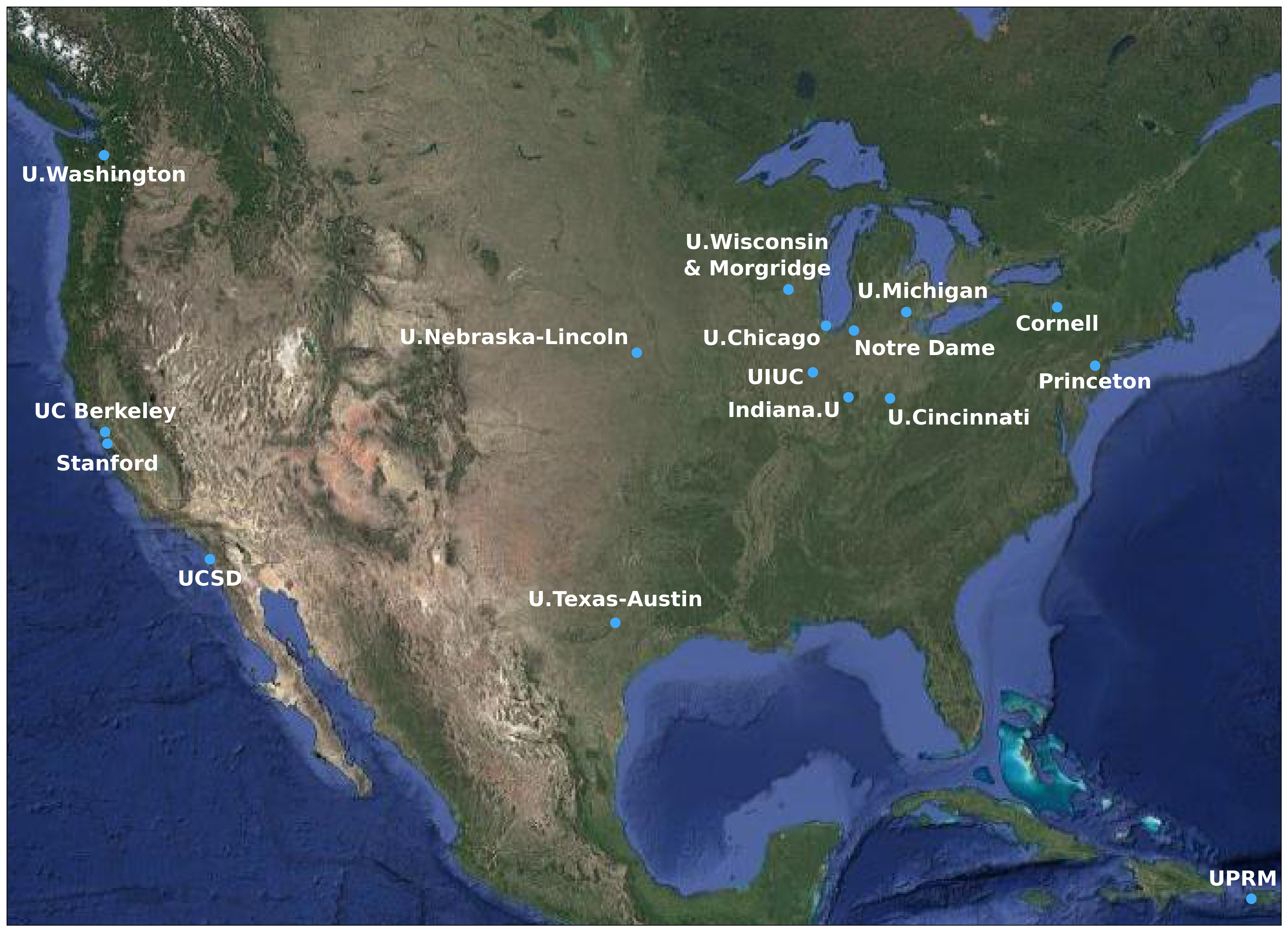Overview
The quest to understand the fundamental building blocks of nature
and their interactions is one of the oldest and most ambitious of
human scientific endeavors. Facilities such as CERN’s Large Hadron
Collider (LHC) represent a huge step forward in this quest. The
discovery of the Higgs boson, the observation of exceedingly rare
decays of B mesons, and stringent constraints on many viable
theories of physics beyond the Standard Model demonstrate the
great scientific value of the LHC physics program. The next phase
of this global scientific project will be the High-Luminosity LHC
(HL-LHC) which will collect data starting circa 2029 and continue
into the 2030’s. The primary science goal is to search for physics
beyond the Standard Model and, should it be discovered, to study its details
and implications. During the HL-LHC era, the ATLAS and CMS experiments
will record ~10 times as much data from ~100 times as
many collisions as were used to discover the Higgs boson
(and at twice the energy).

IRIS-HEP is an active center for software R&D, functions as an intellectual hub for the larger community-wide software R&D efforts, and aims to transform the operational services required to ensure the success of the HL-LHC scientific program. Three high-impact R&D areas are working to leverage the talents of the U.S. university community:
- development of innovative algorithms for data reconstruction and triggering;
- development of highly performant analysis systems that reduce `time-to-insight’ and maximize the HL-LHC physics potential; and
- development of data organization, management and access systems for the community’s upcoming Exabyte era.
As an intellectual hub, IRIS-HEP will lead efforts to:
- grow research collaborations between HEP and the Cyberinfrastructure, Data Science and Computer Science communities for novel approaches to the compelling HL-LHC challenges,
- bring in new effort from U.S. Universities emphasizing professional development and training, and
- sustain HEP software and underlying knowledge related to the algorithms and their implementations over the two decades required.
IRIS-HEP also sustains investments in distributed high-throughput computing (DHTC) for the LHC through the Open Science Grid and build an integration path (the Scalable Systems Laboratory) to deliver the output of its R&D activities into the distributed and scientific production infrastructures.
HEP is a global, complex, scientific endeavor. These activities will help ensure that the software developed and deployed by a globally distributed community will extend the science reach of the HL-LHC and will be sustained over its lifetime. It will also advance other HL-LHC era HEP experiments. The plan for IRIS-HEP reflects a community vision. Developing, deploying, and maintaining sustainable software for the HL-LHC experiments has tremendous technical and social challenges. In addition to enabling the best possible HL-LHC science, IRIS-HEP aims to bring together the larger cyberinfrastructure and HEP communities to address the complex issues at the intersection of Exascale high-throughput computing and Exabyte-scale datasets in big science.
The Institute for Research and Innovation in Software for High Energy Physics (IRIS-HEP) has been established to meet the software and computing challenges of the HL-LHC, through R&D for the software for acquiring, managing, processing and analyzing HL-LHC data. IRIS-HEP will address key elements of the “Roadmap for HEP Software and Computing R&D for the 2020s” and is implementing the “Strategic Plan for a Scientific Software Innovation Institute (S2I2) for High Energy Physics” submitted to the NSF in December 2017. These two documents represent, respectively, the outcome of international and U.S. HEP community planning processes; these were driven in part by the NSF-funded S2I2-HEP Institute Conceptualization Project. This project advances the objectives of the National Strategic Computing Initiative (NSCI) and the objectives of “Harnessing the Data Revolution”, one of the 10 Big Ideas for Future NSF Investments.
IRIS-HEP involves physicists, computer scientists and engineers from Princeton University, the Morgridge Institute for Research, the University of Washington, the University of California, Berkeley, the University of Chicago, the University of Cincinnati, Cornell University, Indiana University, MIT, the University of Michigan-Ann Arbor, the University of Nebraska-Lincoln, New York University, the University of Notre Dame, Stanford University, the University of California, Santa Cruz, the University of California, San Diego, the University of Illinois at Urbana-Champaign, the University of Puerto Rico - Mayaguez and the University of Wisconsin-Madison. It is headquartered in the Princeton Institute for Computational Science and Engineering (PICSciE) at Princeton University.
Several technical projects served as precursors to IRIS-HEP; these all had independent programs of work but their outputs, particularly those important to bringing the HL-LHC to fruition, feed into the design of IRIS-HEP. These include:
- DIANA/HEP
- Parallel Kalman Filter Tracking
- DASPOS
- CoDaS-HEP
- Open Science Grid
- The US ATLAS and US CMS operations programs.
Further information can be found in the following documents:
